Alberta’s government is really excited about nuclear power.
More specifically, about novel and unproven small modular nuclear reactors. It hopes to use these to help lower the province’s carbon emissions while letting the energy industry continue operating as usual — an enticing prospect to the government given its intention to increase oil and gas production, while still having the energy sector get to net zero by 2050.
Small modular nuclear reactors produce less than one-third of the electricity of a traditional reactor.
The premise is that small reactors are easier to place and build, and cheaper.
Alberta hitched its horse to this wagon with Ontario, New Brunswick and Saskatchewan in 2022, taking part in a strategic plan for small modular reactor development and deployment. Alberta Innovates, the province’s research body, had a feasibility study conducted for it by Pacific Northwest National Laboratory. The study focused on using the reactors for greenhouse-gas-free steam emissions for oilsands projects, electricity generation in our deregulated market and providing an alternative to diesel when supplying power to remote communities.
More recently, Ontario Power Generation and Capital Power out of Edmonton entered into an agreement to assess SMRs for providing nuclear energy to Alberta’s grid. Nathan Neudorf, Alberta’s minister of affordability and utilities, was gleeful. “This partnership represents an exciting and important step forward in our efforts to decarbonize the grid while maintaining on-demand baseload power,” he said of the announcement.
All of this buzz makes it seem like SMRs are just over the horizon, an inevitability that will allow the province to evolve to have a cleaner, modern energy landscape.
But small modular reactors are nowhere near ready for deployment, and won’t be in Alberta for about a decade. That means for 10 years, they’ll provide no GHG-free steam to mitigate emissions.
“It’s still in the design phase,” Kennedy Halvorson said, speaking about the reactors. Halvorson is a conservation specialist with the Alberta Wilderness Association. The reactors are “so far off from being able to be used for us,” Halvorson added. “The earliest projections would be 2030. And we need to be reducing our emissions before 2030. So, we need to have solutions now, basically.”
With SMRs unable to stem the emissions tide for years, it’s confusing as to how they could make enough of a difference to get Alberta to net zero by 2050 (in line with United Nations emissions reduction targets to keep global warming to no more than 1.5 degrees).
Capital Power made similar projections.
“When looking at the technical maturity and economics of the technology coupled with the timing of when new supply is needed in Alberta, we expect that SMRs could come into the province beginning in the mid-2030s,” Katherine Perron, Capital Power media relations and communications manager, responded via email when asked about projected deployment.
“On average, it takes about 10 years for a nuclear plant to go from the beginning of construction, which is typically called first pour of concrete, to the point where it starts supplying electricity to the grid,” said M.V. Ramana, professor and Simons Chair in disarmament, global and human security at the University of British Columbia. “I don’t think we should expect anything less for a small modular reactor, especially the first of a kind when it’s being built.”
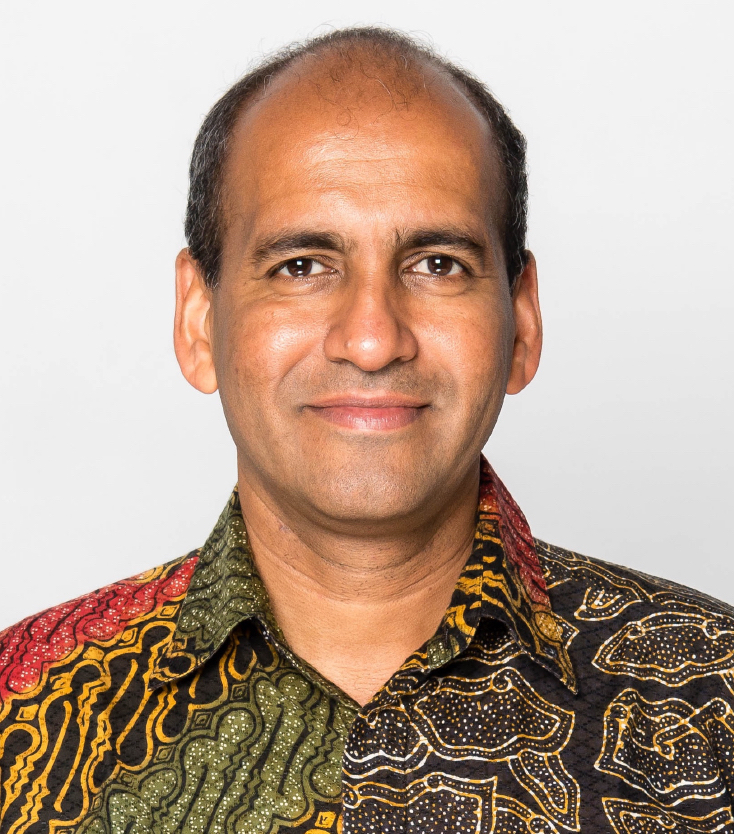
Construction itself is only one piece. Adding to that is the need to build a regulatory framework, which Alberta doesn’t have for nuclear.
“For construction to start, a whole bunch of other things have to fall into place. The first is that a whole bunch of permits need to be obtained,” Ramana said.
Then there’s the public consultation process. Given all the real and imagined concerns over nuclear, that process too can push up the wait time.
“These are Crown corporations, so it’s the taxpayer and the consumers in that province who are ultimately on the hook for these things. And the question we’re going to have to ask is, what kind of democratic process are we going to go through before these provinces authorize construction?” Ramana said.
James Snell, press secretary to the Alberta minister of energy and minerals, said the government “cannot confirm dates for SMR deployment at this time” in an emailed response to questions.
Asked if Alberta would continue or increase the rate of fossil fuel production while it builds its nuclear infrastructure, Snell repeated the party’s line that “Alberta plans to grow oil and gas production while lowering emissions intensity.”
Even with a smooth democratic process, grassroots community organizations would push back, Ramana predicted.
Ontario’s nuclear troubles
Listening to these public voices is prudent. We can look east to see what happens when the government and power utilities sidestep the process of getting explicit consent from communities that stand to be affected.
With its status as the nuclear activity hub in Canada, we can use Ontario as a litmus test of sorts and gauge Canada’s track record of care with nuclear. The report card isn’t great. There have been multiple cases of improper consultation with Indigenous Peoples on whose lands the waste, production or extraction sites are placed.
At Chalk River, Canadian Nuclear Laboratories proposed to build a near surface disposal facility at their existing Chalk River Laboratories site, located on the traditional unceded territory of the Algonquin people. This disposal facility was approved by the Canadian Nuclear Safety Commission, Canada’s federal nuclear regulator. The approval went ahead despite protests from multiple Algonquin communities. That includes the Kebaowek First Nation, part of the Anishnabeg Algonquin.
Kebaowek First Nation has launched an application for judicial review asking the federal court to reject the safety commissions's decision, citing a failure to properly consult the Kebaowek in a meaningful way. In October before the initial approval for the disposal facility went through, Chief Lance Haymond of the Kebaowek First Nation expressed concerns that the commission, ostensibly an impartial regulator, was too friendly with the nuclear sector. He pointed to the industry ties multiple NCSC members have as the basis of his worries. One member, incidentally, had previously worked at the Chalk River labs themselves.*
“We’re already seeing the repeat as we’ve seen historically of Indigenous Peoples not being consulted, and then when they are consulted, they’re not consulted in a meaningful way,” said the wilderness association’s Halvorson.
This lapse in proper consultation with Indigenous Peoples was also seen with the Saugeen Ojibway Nation, who in 2020 overwhelmingly voted down a project to build an underground nuclear waste storage facility near Lake Huron. Ontario Power Generation had approved the project in 2015.
The government, utilities and nuclear safety commission can go through rigorous public consultation. A necessary step given the stakes, but one that could add years on to nuclear development. Alternatively, the governments and regulators can try to skip that step, speeding things up but ultimately ignoring the wishes of those at risk. So far with nuclear in Canada, things have gone in the latter direction. But as we’ve seen with the Kebaowek and Saugeen Ojibway nations, such a callous approach is unacceptable (with some referring to it as “radioactive colonialism”).
Small reactors face a critical economic challenge
Adding to the timeline troubles are questions as to whether small reactors truly offer that much of an economic advantage, if any, compared with their larger counterparts.
In a previous article Ramana wrote, he pointed to the first reactors as an indication of the answer.
The first reactors started off small. Their size, though, coupled with the exorbitant price tag of nuclear development, meant they couldn’t compete with fossil fuels.
The only thing they could do to reduce the disadvantage was to build larger and larger reactors, Ramana said.
A large reactor that could produce five times as much electricity didn’t cost five times as much to build, he said, improving the return from the investment.
Economically the SMR can’t seem to compete with its larger sibling. Adding this to the delays abundant with nuclear, controversies around construction and communities, and the misalignment of timelines for meeting climate commitments, we need to ask why we’re seeing such a fervent enthusiasm for small modular reactors.
Greenwashing by any other name
The answer is likely a simple one: The Alberta government wants to keep the taps on. Their friends in the energy industry do too. Like carbon capture and sequestration before it, SMRs are the next way to stave off pesky talk of divestment and transition.
Another of the nuclear feasibility studies for SMRs funded by Alberta Innovates centred on using them for steam‐assisted gravity drainage integration. Through this process, steam is injected into underground oil deposits to heat the bitumen in the sand enough for it to flow freely and be extracted.
The study was conducted by Cenovus. Incidentally, Cenovus is also a proponent of carbon capture and sequestration, a usual suspect in the greenwashing lineup. Cenovus is a member of the Pathways Alliance, a coalition of the six largest oilsands producers in the country. The alliance purports to be working towards the 2050 net-zero goal, but has been stamped before with the scarlet letter of Greenwasher. Cenovus, incidentally, intends to increase oilsands production by 10 per cent in the coming years.
“Climate change also poses a threat to our way of life in a sense — the idea that we can keep producing, consuming and living our lives the same way we have lived for the last 100 years, based off fossil fuels,” Ramana said.
“[There are] a lot of people who gain enormously from that, whose lives are incredibly rich materially, because they are profiting from the use of fossil fuels, and they don’t want that game to stop. And so anything that they can do to keep preserving that is fair game for them,” he said. “The people are not buying that, but technology is one way by which [the industry] can keep claiming that they’re going to solve this problem while keeping going the same way.”
Deflecting and delaying isn’t the only greenwashing happening either, Halvorson argued. She noted there’s a special kind of tactic that comes with nuclear and other “clean” technology, where only carbon dioxide and greenhouse gas offsets are counted.
“When we reduce it all to just how much CO2 something emits, we're not getting the full picture of environmental impacts,” Halvorson said. She pointed to water use in nuclear as an example.
“Most nuclear technologies require a massive input of water to work. And as we know, right now we’re in a drought in Alberta. Our water resources are so precious. We already have industries that are using way too much water as is, in a way that's not allowing our environments and ecosystems to replenish their reserves, like their water resources,” she said.
Despite the cheerleading for nuclear Alberta, where small nuclear reactors will let us enjoy the fruits of fossil fuels (and even produce more) in a cleaner way, the bones don’t read that way. The argument that we can keep on drilling so long as we have that newest silver bullet hasn’t stood up to scrutiny before, and it doesn’t now.
* Story updated on March 1 at 2:04 p.m. to correct an error about the facility being challenged by the Kebaowek First Nation and the company behind it. ![]()




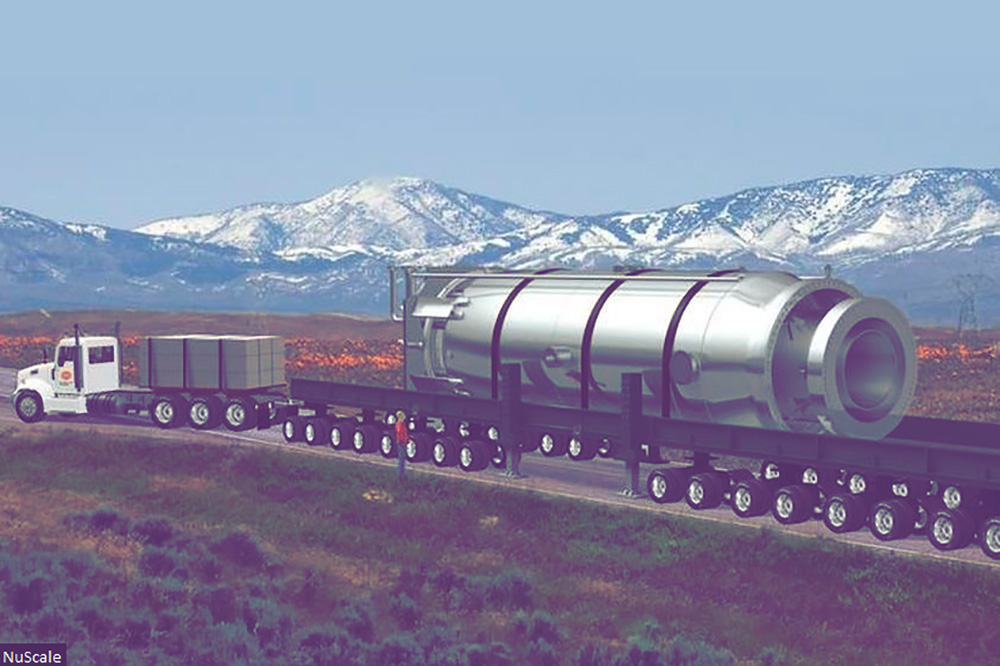






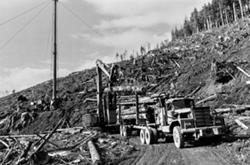
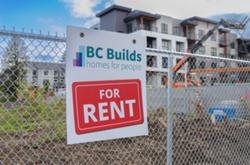

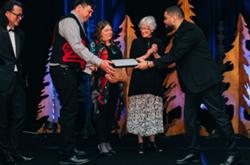

Tyee Commenting Guidelines
Comments that violate guidelines risk being deleted, and violations may result in a temporary or permanent user ban. Maintain the spirit of good conversation to stay in the discussion and be patient with moderators. Comments are reviewed regularly but not in real time.
Do:
Do not: